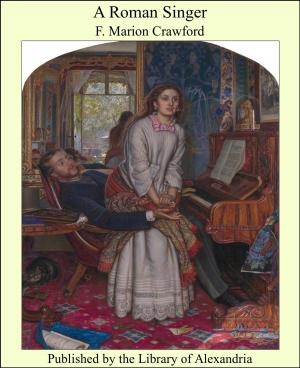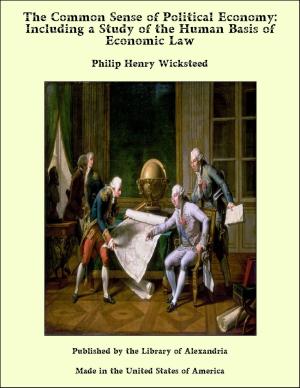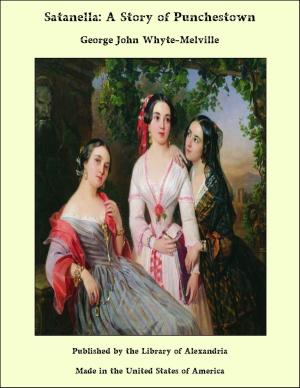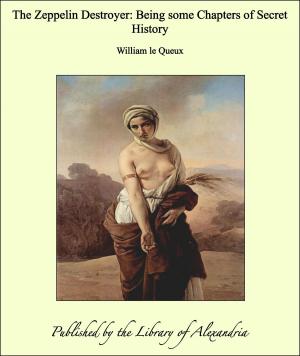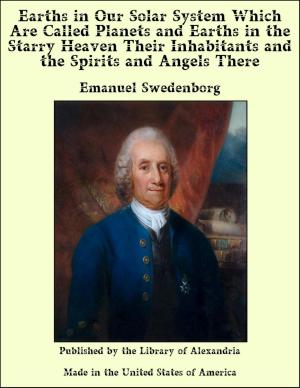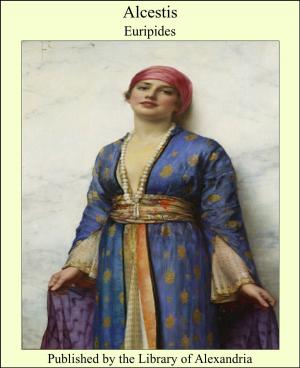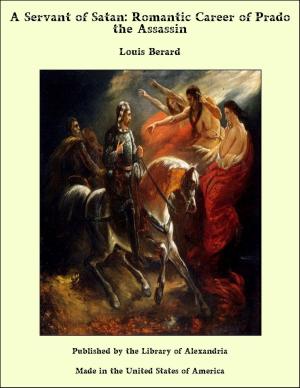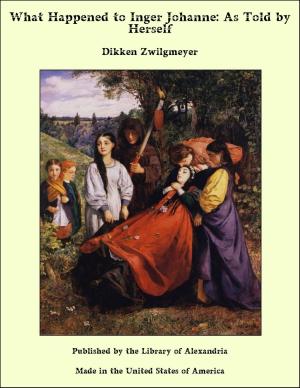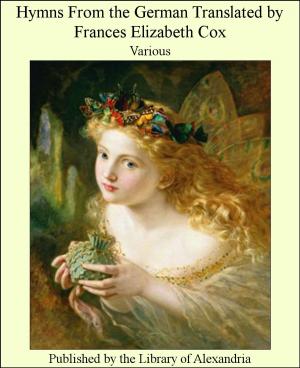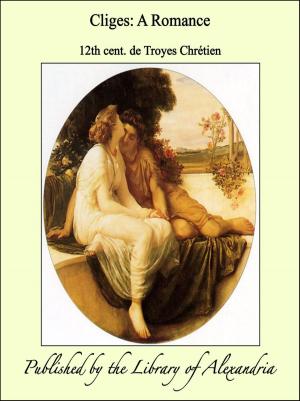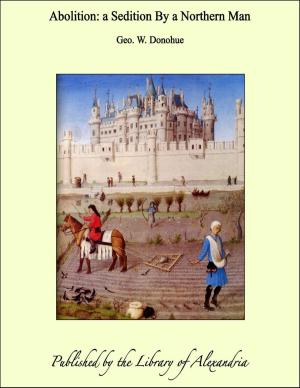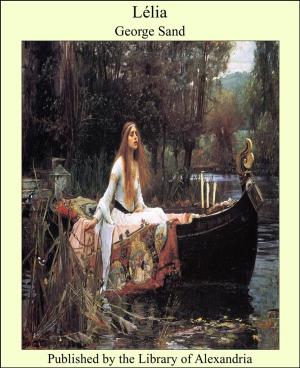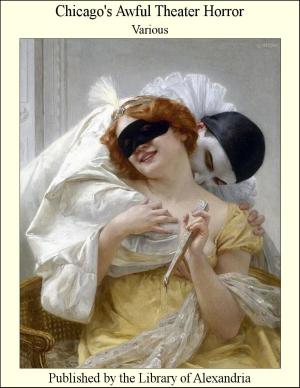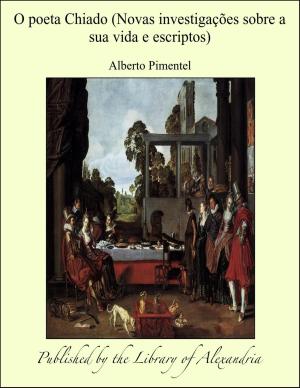The Picturesque Antiquities of Spain Described in a Series of Letters with Illustrations Representing Moorish Palaces, Cathedrals and Other Monuments of Art Contained in the Cities of Burgos, Valladolid, Toledo and Seville
Nonfiction, Religion & Spirituality, New Age, History, Fiction & Literature| Author: | Nathaniel Armstrong Wells | ISBN: | 9781465543745 |
| Publisher: | Library of Alexandria | Publication: | March 8, 2015 |
| Imprint: | Language: | English |
| Author: | Nathaniel Armstrong Wells |
| ISBN: | 9781465543745 |
| Publisher: | Library of Alexandria |
| Publication: | March 8, 2015 |
| Imprint: | |
| Language: | English |
The author of the following letters is aware that his publication would have possessed greater utility, had the architectural descriptions been more minute. He ventures to hope, however, that this imperfection may be in some measure balanced by the more extended sphere opened to whatever information it may contain. The absence of many technical expressions, especially those which enter into a detailed description of almost all Gothic buildings, and the employment of which was forbidden by the occasion, may tend to facilitate the satisfaction of popular curiosity respecting Spanish art: the more so from the circumstance that the most intelligent in such subjects are scarcely sufficiently agreed on the application of technical terms, to allow of the compilation of a standard vocabulary. His ambition will be more than satisfied, should his past, and perhaps future researches, succeed, in some degree, in pioneering the path for a more scientific pen. Should this work fall into the hands of any reader, whose expectations of entertainment may have been encouraged by the announcement of another Spanish tour, but who may feel but moderate enthusiasm for the artistic and monumental glories of the Peninsula, an explanation is due to him, exonerative of the author from much of the responsibility attached to the matter-of-fact tone of his descriptions. It is no less his nature than it was his wish to paint what he saw as he saw it. Unfortunately his visits to Spain took place after the accomplishment of the revolution, the hardest blows of which were aimed at her church. The confiscation of the ecclesiastical revenues has necessarily stripped the processions and other ceremonies of their former splendour, and by suppressing what constituted one of their chief attractions to the native population, transferred the interest of the lover of the picturesque from the bright colours of animated grouping, to the dead background of stone and marble they have left. In studying, however, to preserve this strict accuracy in all that related to the principal subject of his correspondence, his aim was to enliven it by the introduction of any incidents worthy of notice which came under his observation. In this object he hopes he may have succeeded
The author of the following letters is aware that his publication would have possessed greater utility, had the architectural descriptions been more minute. He ventures to hope, however, that this imperfection may be in some measure balanced by the more extended sphere opened to whatever information it may contain. The absence of many technical expressions, especially those which enter into a detailed description of almost all Gothic buildings, and the employment of which was forbidden by the occasion, may tend to facilitate the satisfaction of popular curiosity respecting Spanish art: the more so from the circumstance that the most intelligent in such subjects are scarcely sufficiently agreed on the application of technical terms, to allow of the compilation of a standard vocabulary. His ambition will be more than satisfied, should his past, and perhaps future researches, succeed, in some degree, in pioneering the path for a more scientific pen. Should this work fall into the hands of any reader, whose expectations of entertainment may have been encouraged by the announcement of another Spanish tour, but who may feel but moderate enthusiasm for the artistic and monumental glories of the Peninsula, an explanation is due to him, exonerative of the author from much of the responsibility attached to the matter-of-fact tone of his descriptions. It is no less his nature than it was his wish to paint what he saw as he saw it. Unfortunately his visits to Spain took place after the accomplishment of the revolution, the hardest blows of which were aimed at her church. The confiscation of the ecclesiastical revenues has necessarily stripped the processions and other ceremonies of their former splendour, and by suppressing what constituted one of their chief attractions to the native population, transferred the interest of the lover of the picturesque from the bright colours of animated grouping, to the dead background of stone and marble they have left. In studying, however, to preserve this strict accuracy in all that related to the principal subject of his correspondence, his aim was to enliven it by the introduction of any incidents worthy of notice which came under his observation. In this object he hopes he may have succeeded

